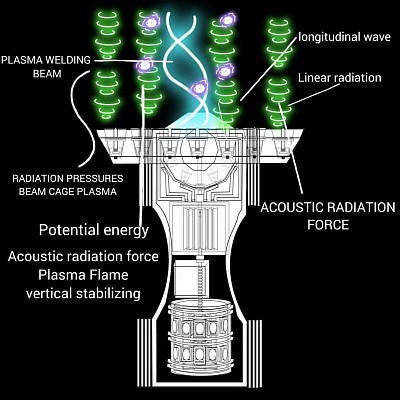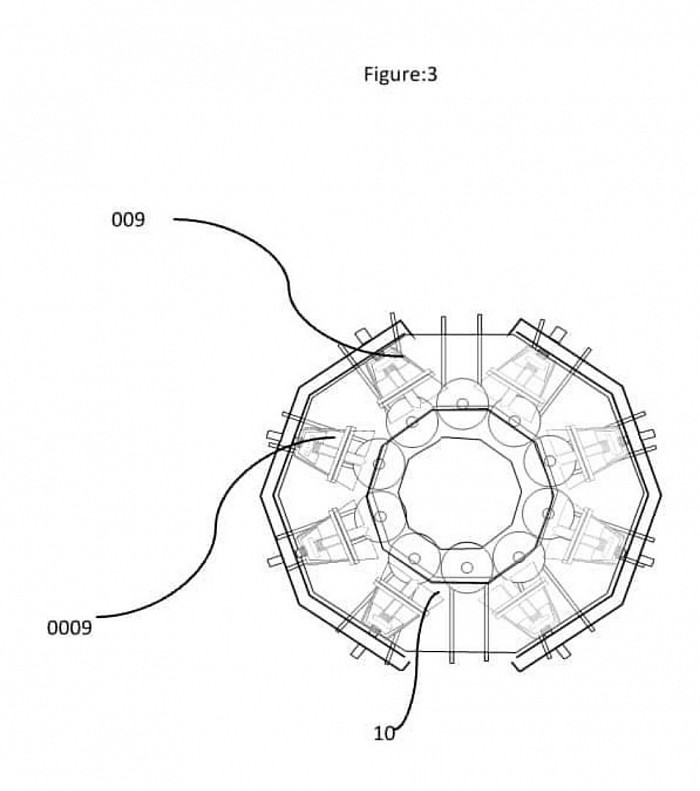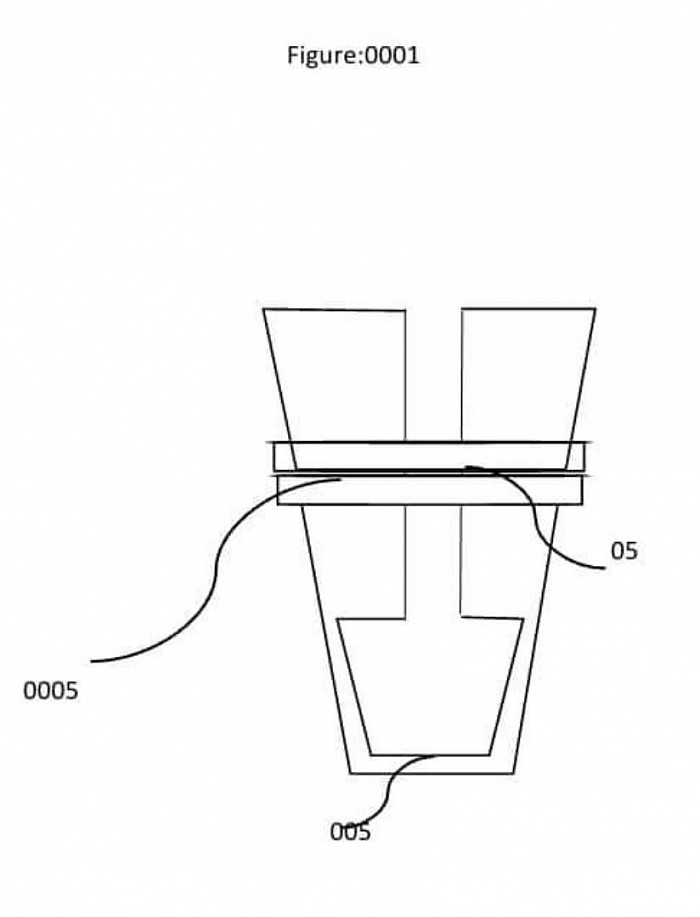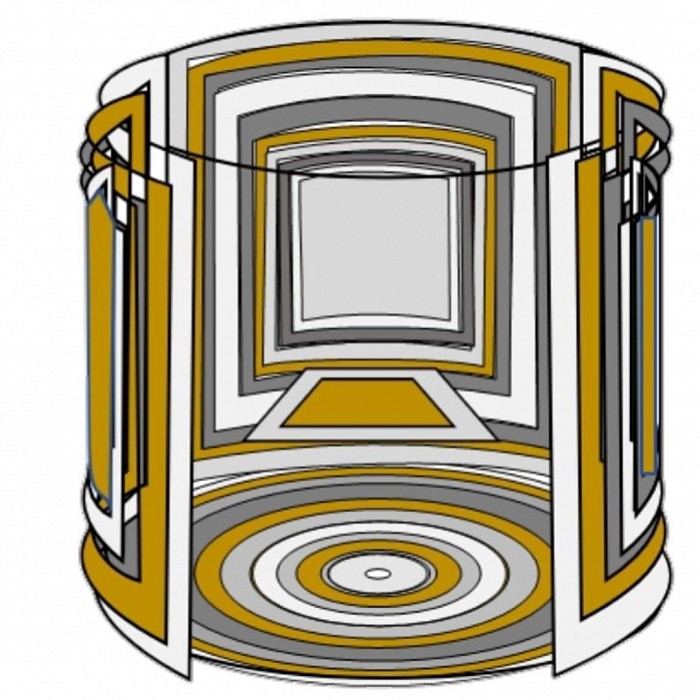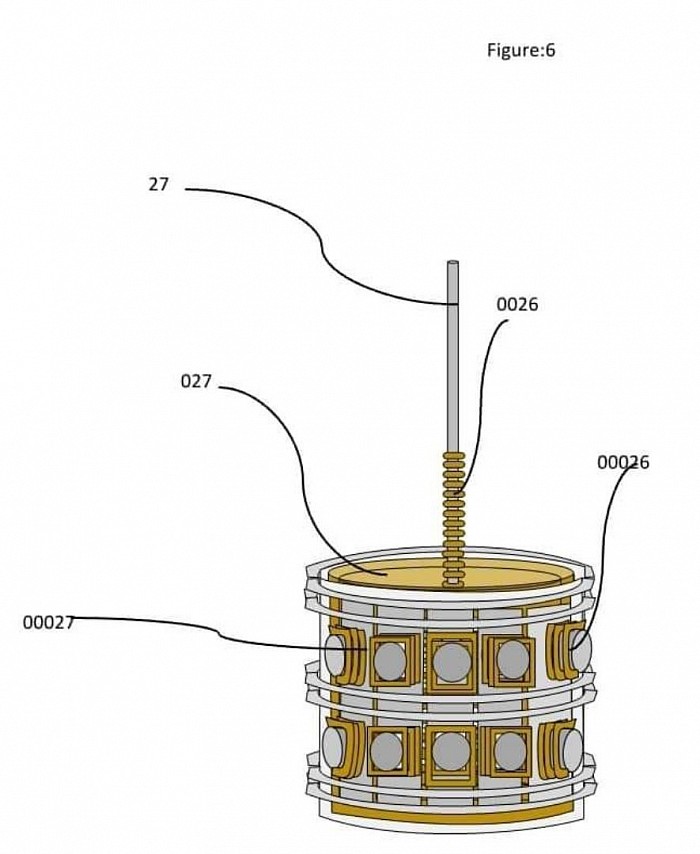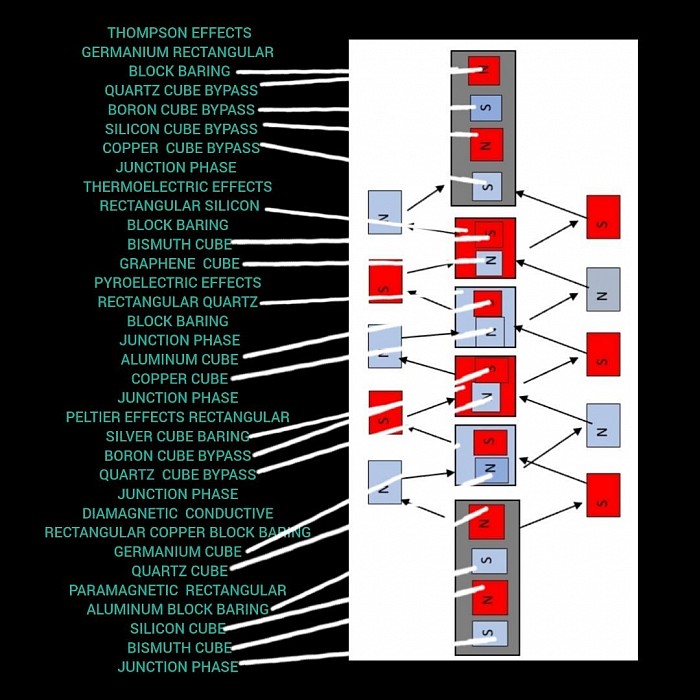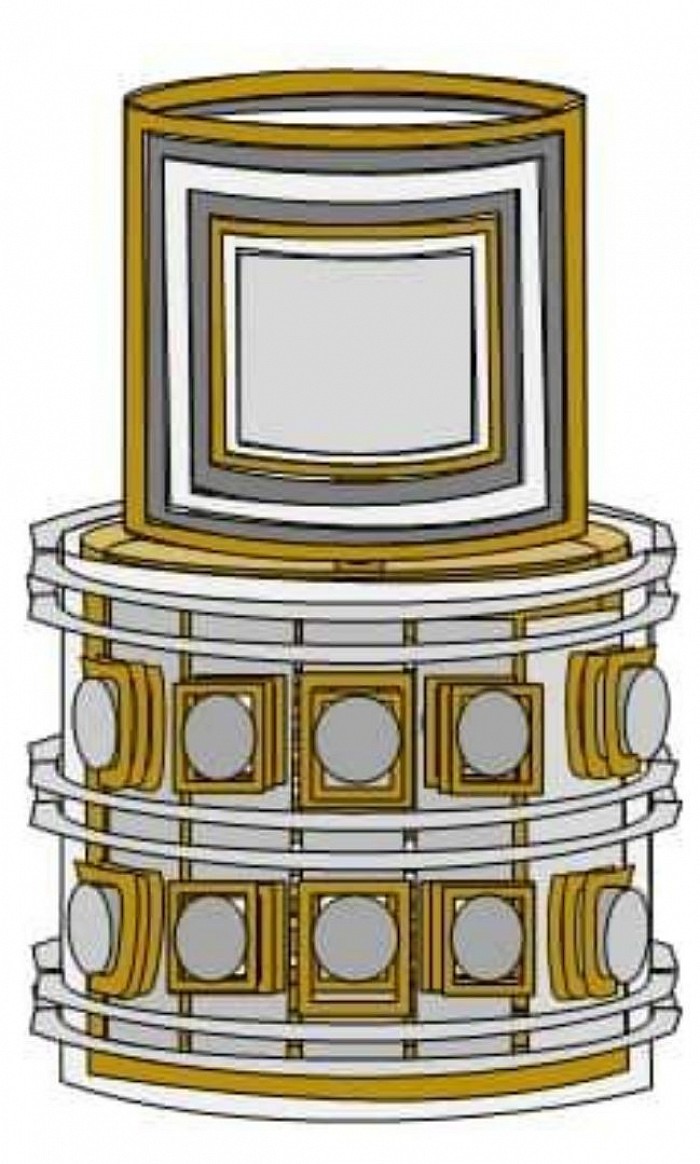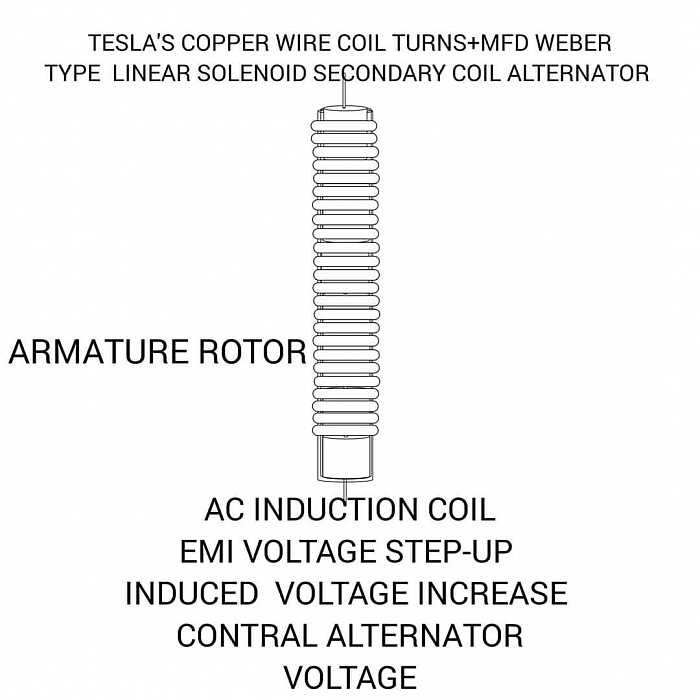INTUITIVE INTELLIGENCE PROGRESSIVE DEVELOPMENT STARWARS LISTARWARS LIGHTSABER
INTUITIVE INTELLIGENCE PROGRESSIVE DEVELOPMENTSTARWARS LISTARWARS LIGHTSABER
The design of a plasma saber, often referred to as a lightsaber in popular culture, is an intriguing and complex concept that has captured the imagination of fans worldwide. While plasma sabers are currently a fictional creation, their design is often depicted with a set of common features and components.
Hilt:
The hilt of a plasma saber serves as the handle and control mechanism for the weapon. It is typically crafted from durable and lightweight materials, often portrayed as a combination of metal, alloys, and advanced polymers. The hilt is ergonomically designed to fit comfortably in the hand of the wielder and is often customizable to accommodate different grip sizes and combat styles. Additionally, the hilt also houses the power source, focusing crystal, and control mechanisms for the blade.
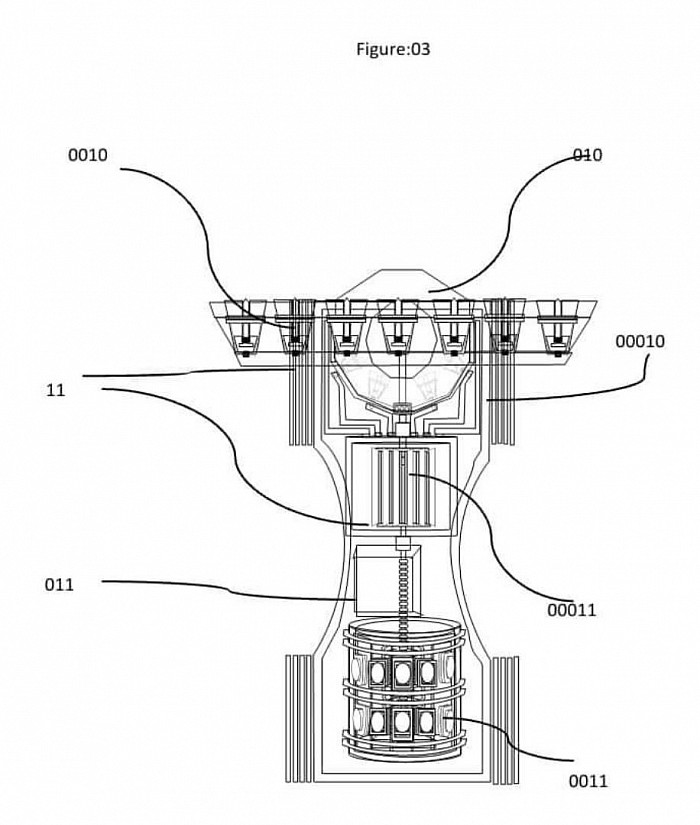
Power Source: The power source of a plasma saber is a critical component that provides the energy necessary to create and sustain the plasma blade. In fictional depictions, this power source is often portrayed as a compact and highly efficient energy cell or power pack, capable of supplying the immense energy required to create the blade. The power source is typically rechargeable, allowing for extended use of the plasma saber before requiring a recharge or replacement. Focusing Crystal: At the heart of the plasma saber's design is the focusing crystal, a rare and powerful element that plays a pivotal role in the creation and containment of the plasma blade. In fictional lore, the focusing crystal is used to channel and shape the energy into a coherent blade, and its properties can influence the color and properties of the resulting plasma. The crystal is often depicted as a precious and carefully selected component, with different types of crystals yielding blades of varying colors and characteristics. Blade Emitter: The blade emitter is the component located at the end of the hilt from which the plasma blade is projected. In many portrayals, the emitter features advanced technology that generates a containment field to hold the superheated plasma in place, preventing it from dissipating and maintaining the integrity of the blade. The emitter may also incorporate safety features to prevent accidental activation and ensure the wielder's safety during combat.
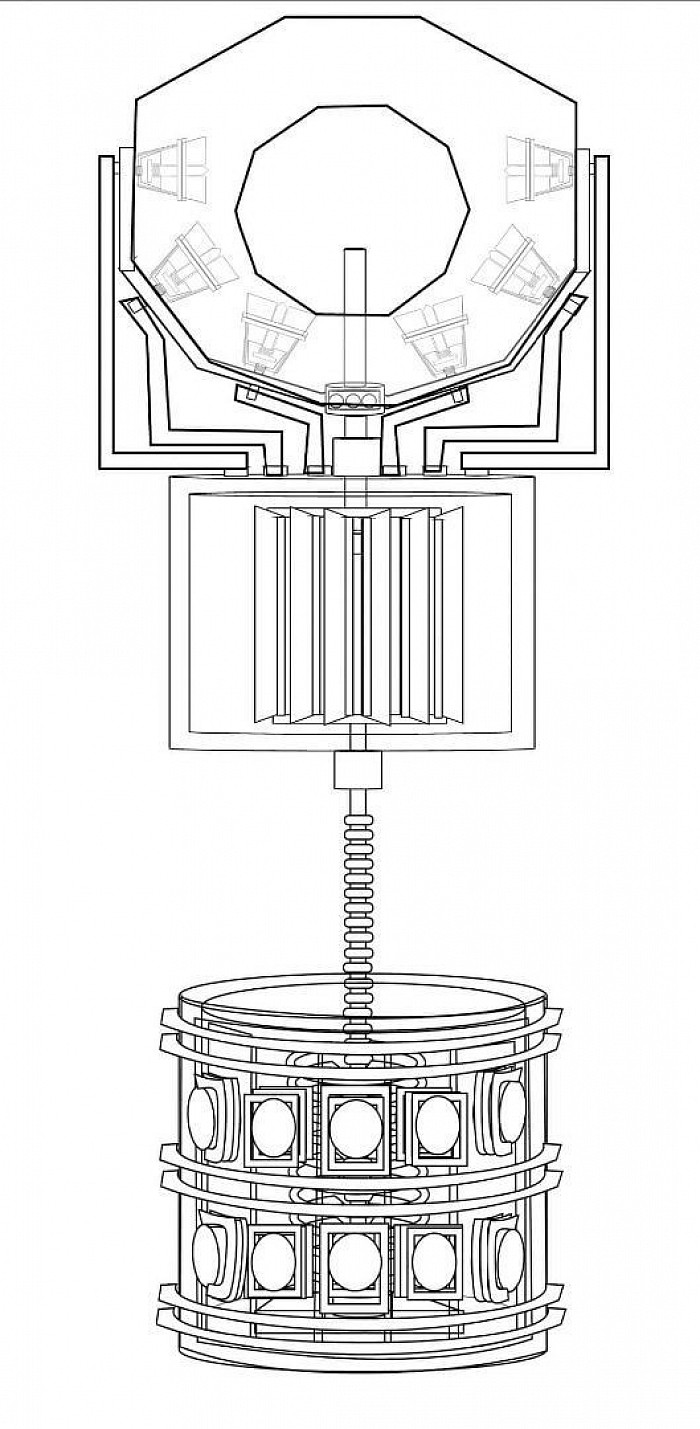
Plasma Blade: The plasma blade is the most iconic and visually striking component of the plasma saber. When activated, it emits a blade of pure energy, contained within a magnetic or electromagnetic field. The blade is often depicted as a solid, glowing column of energy, capable of cutting through most materials with ease. The color of the plasma blade is determined by the type of focusing crystal used, with common colors including blue, green, and red, among others. Overall, the design of a plasma saber incorporates a combination of advanced technology, elegant aesthetics elements, making it a compelling and iconic weapon. The plasma flame saber is a extension incorporating the idea of a blade made of plasma that resembles a fiery, fluctuating flame. offering a unique twist on the iconic lightsaber design. Design Elements of a Plasma Flame Saber: 1. Plasma Generation: The core of a plasma flame saber's design involves the generation and containment of superheated plasma to form the stable blade solid appearance of a traditional lightsaber blade, a plasma flame saber's blade exhibit dynamic, wavering movements, resembling the flickering and undulating nature of a flame.
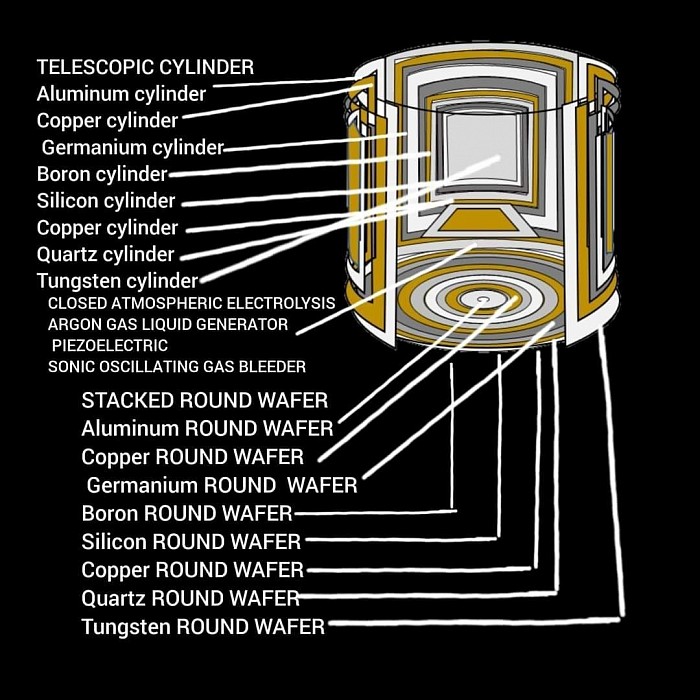
2. Containment Field: The plasma flame saber's hilt would feature advanced technology to create a stable magnetic or electromagnetic containment field capable of holding the fluctuating plasma in place. This field would need to adapt to the ever-changing shape and movement of the plasma, ensuring that the blade remains controlled and coherent. 3. Visual Effects: The visual representation of a plasma flame saber's blade would be a key design element, requiring advanced special effects the dynamic of the fiery plasma.The blade would emit a radiant glow with shifting colors, mimicking the hues of a natural flame, and would produce a mesmerizing, undulating effect as it moves through the air. 4. Heat and Energy Management: Given the volatile and energetic nature of the plasma flame, design significant heat and energy output of the blade. The hilt and emitter components uses advanced cooling and energy management electronics systems to ensure the safe and efficient operation of the saber, preventing overheating and offering extended use. 5. Focusing Mechanism: The design incorporate a specialized focusing mechanism to control and direct the plasma, allowing the wielder to manipulate the shape and intensity of the flame-like blade. This mechanism enable the user to adjust the length and curvature of the plasma flame, providing versatility in combat and functionality.
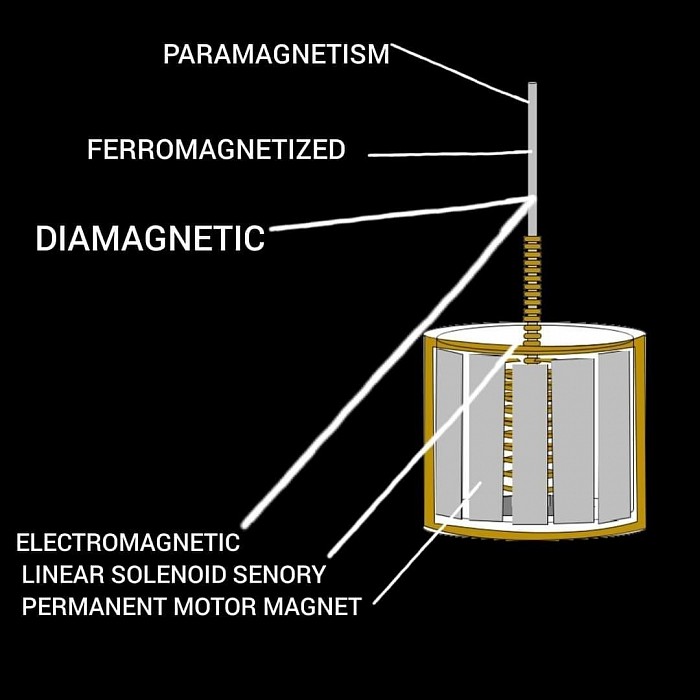
Cultural Impact and Creativity: The concept of a plasma flame saber offers an exciting and visually stunning alternative to the traditional lightsaber, inspiring creativity and innovation within the realm of science fiction and fantasy. Its unique design would undoubtedly captivate audiences, offering a new visual spectacle while maintaining the iconic status and symbolic power associated with lightsabers. The introduction of a plasma flame saber could open up new narrative possibilities, introducing distinct characters and cultures that utilize this mesmerizing and formidable weapon. Furthermore, the design of a plasma flame saber presents an opportunity for creators and artists to explore new visual and conceptual interpretations, contributing to the rich tapestry of science weaponry and technology. Acoustophoresis is a scientific concept that involves the manipulation and movement of particles using sound waves. When applied to the concept of a plasma saber, acoustophoresis technology that utilizes sound waves to control and shape the plasma blade, adding a unique and innovative twist to the traditional lightsaber design.
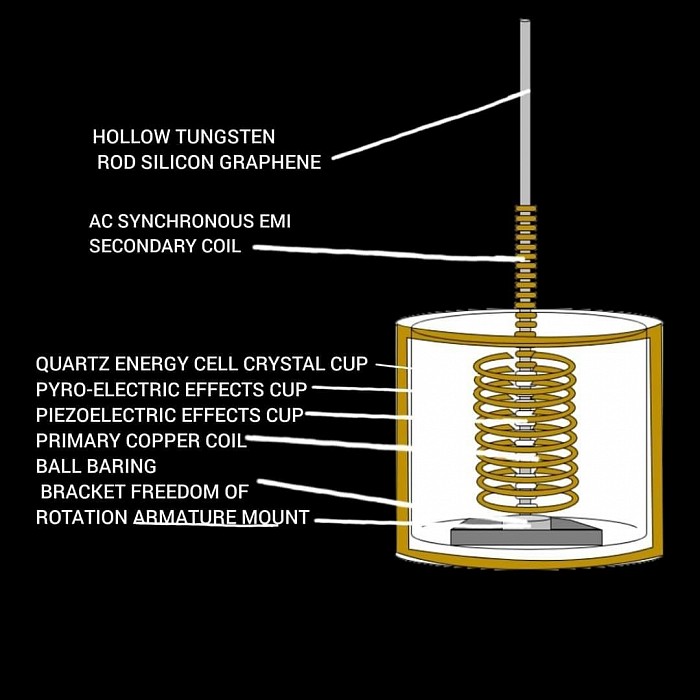
Design Elements of an Acoustophoretic Plasma Saber: 1. Sound Wave Manipulation: In the context of a plasma saber, acoustophoresis portrayed as a mechanism within the hilt that emits carefully modulated sound waves. These sound waves would interact with the plasma, exerting force and control to shape and stabilize the blade. 2. Plasma Containment and Shaping: The acoustophoretic technology designed to create a stable and precisely controlled environment, allowing the wielder to shape the plasma blade according to their will. The sound waves influence the behavior of the plasma, guiding its movements and maintaining its structural integrity. 3. Dynamic Blade Adjustments: Unlike traditional lightsabers with static blades, an acoustophoretic plasma saber offers the ability to dynamically adjust the shape, length, and even density of the plasma blade. This feature provide the wielder with a versatile and adaptive weapon for various combat scenarios. 4. Precision and Fine Control: The acoustophoretic technology allows for fine-tuned manipulation of the plasma, enabling the user to create intricate patterns, curves, and fluctuations within the blade. This level of precision could be used for both offensive and defensive maneuvers, enhancing the saber's effectiveness in combat.
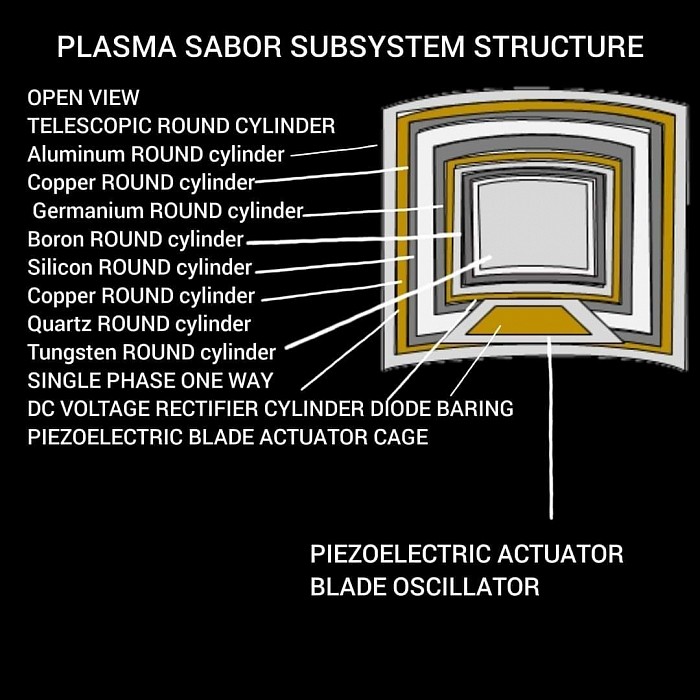
5. Energy Efficiency and Safety: The design of an acoustophoretic plasma saber energy efficiency and safety. The technology aim to maximize the effectiveness of the sound wave manipulation while minimizing energy consumption and potential risks associated with handling a weapon with advanced capabilities. Cultural Impact Potential: Introducing acoustophoretic technology into the a plasma saber presents an opportunity to expand the fictional lore and technological sophistication of these iconic weapons. The inclusion of acoustophoresis could inspire new narratives, characters, and cultures within the science advanced weapon design and technology. Furthermore, the integration of acoustophoresis into the plasma saber serve as a catalyst for exploring the intersection of science stimulating discussions about the future of technology and its impact on the world.
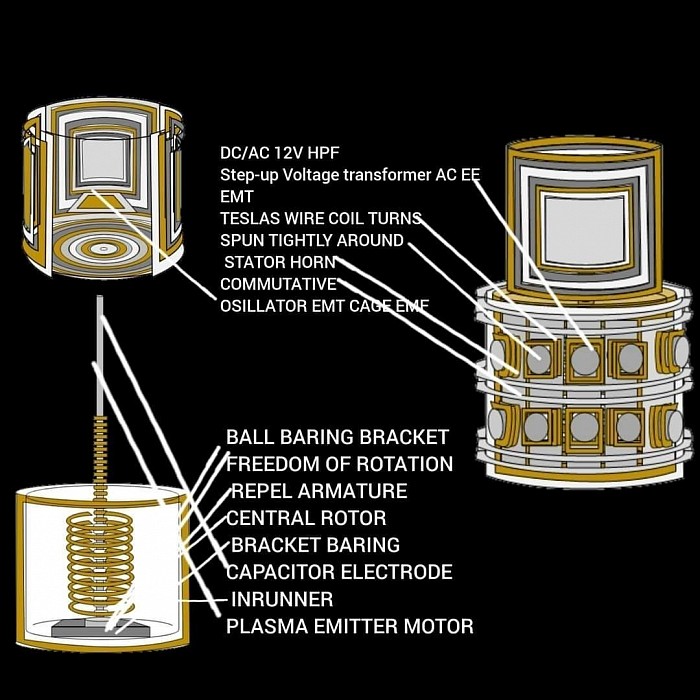
In conclusion, acoustophoresis plasma saber offers a compelling and innovative approach to the iconic lightsaber concept. By leveraging the scientific principles of plasma saber as an advanced weaponry and technology. Gyroscope Electrophoresis Plasma Saber: Gyroscopic Stabilization:of plasma saber, the incorporation of gyroscope technology design to enhance the stability and control of the plasma blade. Gyroscope are devices that utilize the principles of angular momentum to maintain orientation and resist external forces of plasma saber, are employed to stabilize the blade's movements and keep it aligned with the hilt. Electrophoretic Blade Shaping: Electrophoresis involves the movement of charged particles in a fluid under the influence of an electric field collisions plasma, The plasma sabor electrophoretic technology used to shape and control the behavior of the superheated plasma, allowing the wielder to manipulate the blade's form and properties through the application of electric fields. The integration of advanced technologies such as gyroscopes, microcontroller units (MCUs), axis accelerometers, circuit-controlled systems, and transducers into the design of a plasma saber represents a compelling and innovative approach to the iconic lightsaber concept. By leveraging these advanced technological components, a plasma saber could be envisioned with enhanced capabilities, precise control Gyroscope Stabilization: Gyroscopes are devices that utilize angular momentum to maintain orientation and resist external forces. Plasma saber are integration of gyroscope technology could provide enhanced stability, helping to keep the plasma blade aligned with the hilt and resistant to external forces, thereby improving the wielder's control over the weapon during combat. MCU and Circuit-Controlled Systems: Microcontroller units (MCUs) and circuit-controlled systems could be utilized to manage and coordinate the operation of the various technological components within the plasma saber. These systems could control the activation and deactivation of the plasma blade, monitor energy levels, and implement safety features to ensure the saber's efficient and safe operation.
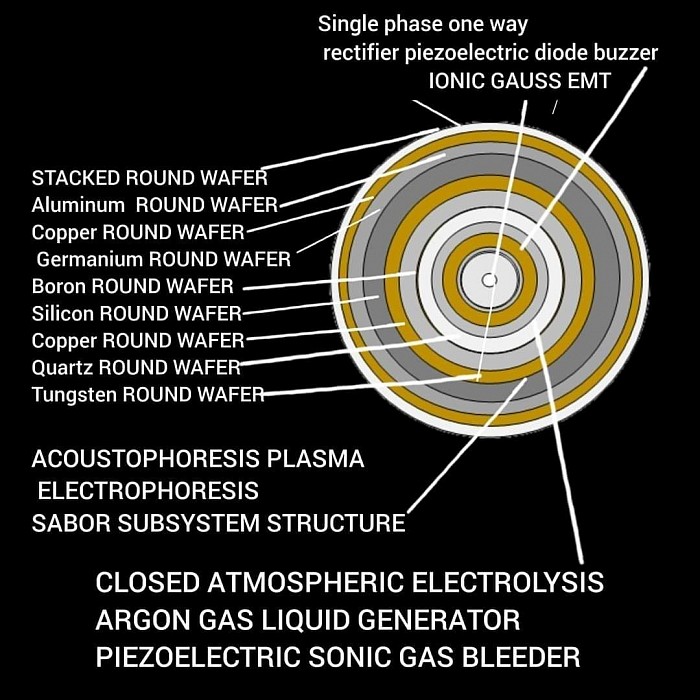
Axis Accelerometer: Axis accelerometers could be integrated into the plasma saber to detect and measure the saber's orientation, acceleration, and movement. This information could be used to provide feedback to the wielder or to dynamically adjust the behavior of the plasma blade, enhancing the saber's responsiveness and adaptability in combat situations. Transducer and Energy Conversion: Transducers integrated to convert electrical signals into mechanical vibrations or acoustic waves, influencing the behavior of the plasma within the blade. By using transducers, the wielder manipulate the shape and properties of the plasma blade through controlled vibrations or acoustic modulation, allowing for dynamic adjustments and fine-tuned control. Cultural Impact and Creative Potential: The incorporation of advanced technologies such as gyroscopes, MCUs, axis accelerometers, circuit-controlled systems, and transducers into the design of a plasma saber offers a compelling and innovative extension of the traditional lightsaber concept. This integration not only enriches the fictional lore surrounding plasma sabers but also stimulates discussions and imagination regarding the future of advanced weaponry and its impact on the world of technology Furthermore, the introduction of these advanced technological components into a plasma saber could serve as a catalyst intersection of cutting-edge technology and inspiring science that opens up new possibilities.creative potential of advanced weapon design and technology Precise Blade Control: The integration of MCU gyroscope circuit switch controls transducers electrophoretic technologies could provide the wielder with precise control over the plasma blade, allowing for dynamic adjustments to its shape, length, and intensity. This level of control could be leveraged for both offensive and defensive purposes, enhancing the saber's versatility in combat scenarios.
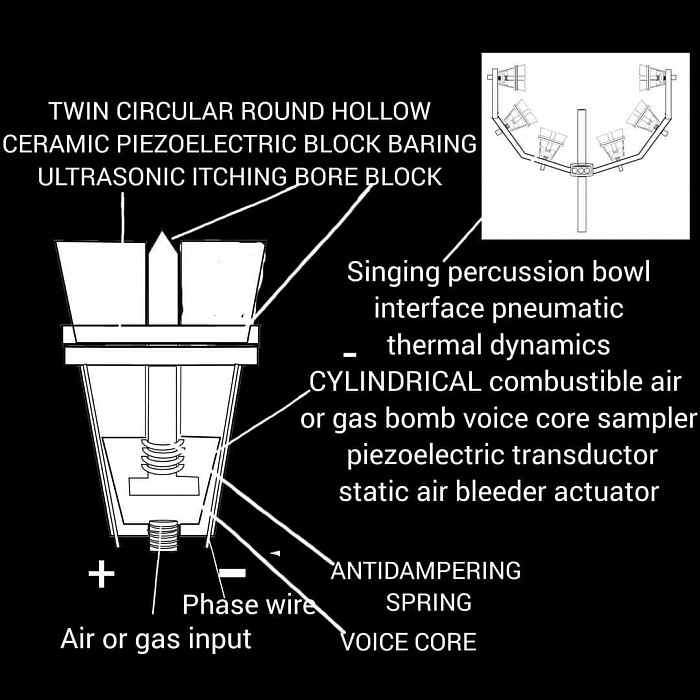
INVENTION HANDHELD PLASMA SABOR 3 XYX AXIS PITCH ACCELEROMETER MCU TRANSDUCER AIR BEAMING TYPE ACOUSTOPHORESIS RADIATION PRESSURES BEAM TRAPING PLASMA FLAME LENGTHLY WITHIN AIR CAGE DESIGN SWORD INCLUDES ELECTROPHORESIS MOISTURE LIQUID ARGON GAS GENERATOR WITHIN THE CYLINDRICAL HOLLOW CENTRAL COMBUSTIBLE CORE HANDLE PLASMA BLEEDER CIRCULAR TRANSDUCER BLOCK ABOVE THE BLEEDER HANDLE NOZZLE TRANSDUCED SONIC RADIATION FORCES AIR PRESSURE.BEAM CAGE PLASMA WITHIN ATMOSPHERIC ELECTRODYNAMICS ENVIRONMENT ELECTROLYSIS OF MATTER ELECTRODYNAMICS IONIC COULOMBS COLLISION CONDENSATION ATMOSPHERIC NUCLEI LIQUID GENERATOR PRESSURES PLASMA FLAME LENGTHY ELECTRODE BLADE SONIC OSCILLATING EMT FAN ELECTRODYNAMICS ATMOSPHERIC ARC EE ELECTRODYNAMICS ELECTROMOTIVE FORCE ELECTROLYSIS AC PULSE PHASE CYLINDER A-TYPE ARGON LIQUID ENERGY CELL AGM GENERATOR GYROSCOPE ACOUSTOPHORESIS TECHNOLOGY MCU ACCELEROMETER 3 AXIS pitch RADIATION PRESSURE WAVES FORCES ARE TRANSMITTED TO DRIVEN PLASMA FLAME MODULATED HANDHELD HOLLOW HANDLE CENTRAL ATMOSPHERIC ENVIRONMENT ATMOSPHERIC ELECTROLYSIS CHAMBER GENERATES A-TYPE ARGON LIQUID ENERGY FUEL CELL TO AN ACTIVE PLASMA FLAME BEING PHASED BY ELECTRICAL ENERGY EMISSIONS INTENSE RADIATION PRESSURES PLASMA FLAME AWAY FIXED POSITION LINEAR MOTION STABILIZATION THROUGHOUT AN OPENING CLEARANCE OF MY PLASMA SABER ACOUSTOPHORESIS CENTRAL CORE HANDLE ARGON IONIC MATTER LINEAR BLEEDER MECHATRONICS SONIC OSCILLATING RAPID RADIATION PRESSURES FORCES PLASMA VERTICALLY STABILIZING WITHIN AN ACOUSTIC FIELD PRESSURES BEAM AGAINST PLASMA LIGHT SENSORY CONTROLLED BY ACOUSTIC RADIATION PRESSURES BEAM TRAPING PLASMA WITHIN ATMOSPHERIC LINEAR RADIATION PRESSURE CAGE ENVIRONMENT WITHIN SPACE BY ACOUSTIC RADIATION FORCE ALONGSIDE PLASMA WAVE LENGTH WITHOUT BLOWING OUT THE PLASMA LENGTHLY FLAME SUBJECT NOT LIMITING TO ADDITIONAL SYSTEMS OR STRUCTURES POTENTIOMETRIC RANGE DESIGN INVENTOR JERMAINE MORTON SUBSYSTEM STRUCTURE
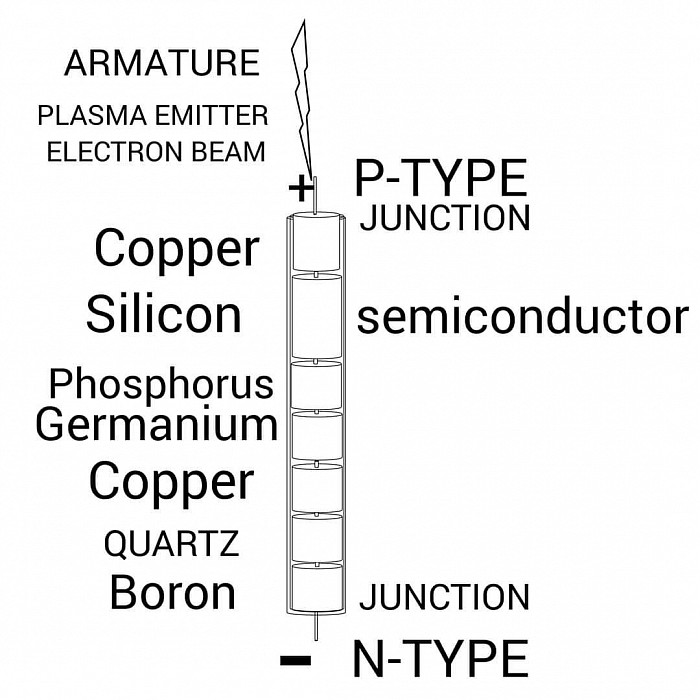
FARADAY'S CAGE LENZ'S LAW (RIGHT HAND RULE);ELECTRON BLOCKING FLOW OF ELECTRICITY ONE WAY THE AC/DC CYLINDRICAL RECTIFIER DIODE HANDLE CURRENT CARRYING ONE WAY VOLTAGE TOWARDS ITS CENTRAL CHAMBER CORE ACTIVE RECTIFIER DIODE MANIPULATION HOLLOW CYLINDRICAL DESIGN STRUCTURE COMPONENTS ARE TELESCOPIC JUNCTION CURRENT CARRYING CYLINDRICAL MODULE FUNCTIONS AS AN RECTIFIER DIODE MODIFIED HOLLOW CYLINDRICAL HAVING A POWERED CHAMBER ACTIVE
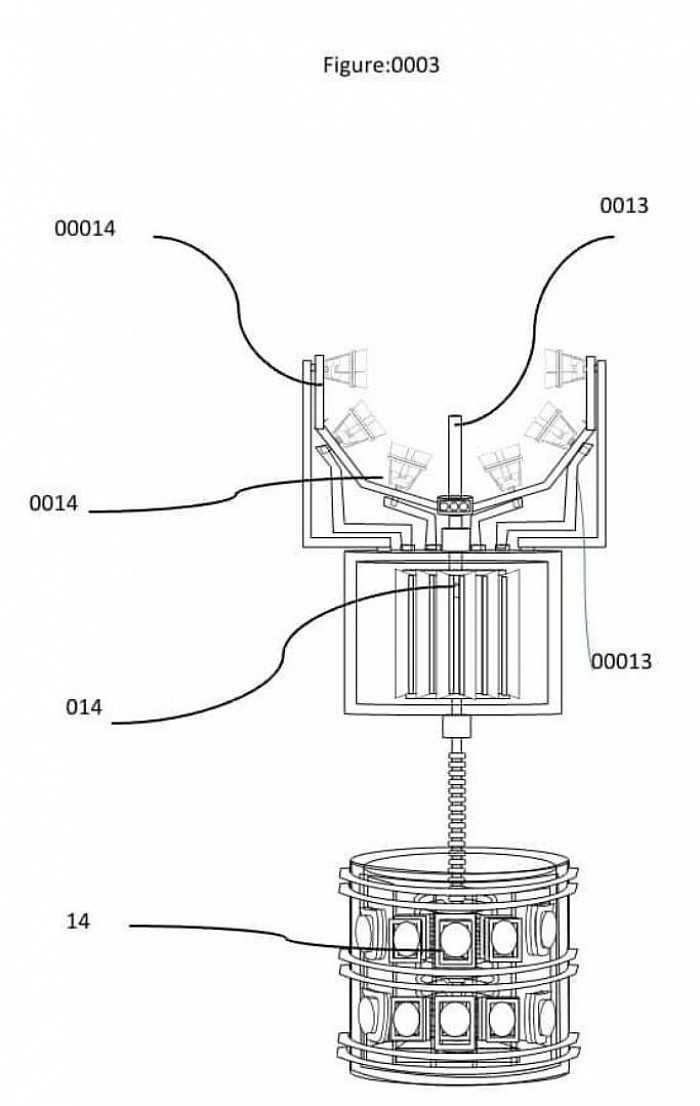
ENVIRONMENT PARTICLES PHASE BY COULOMBS COLLISION ELECTRODYNAMICS/ EINSTEIN COEFFICIENTS/EMISSIONS SOURCE/FARADAY'S LAW OF INDUCTION/FARADAYS ELECTROCHEMICAL PROCESS 1-2-3-5 ELECTROLYSIS ATMOSPHERIC MATTER /ATMOSPHERIC BOYLE LAW/ATMOSPHERIC CHARLES LAW /ATMOSPHERIC LAW OF EQUIPARTITION OF ENERGY/ATMOSPHERIC GAY LUSSAC'S LAW/ATMOSPHERIC AVOGADRO'S LAW/VAPORIZATION/ATMOSPHERIC GAS LAW/ATMOSPHERIC EFFUSION/ATMOSPHERIC KIRCHHOFF'S LAW OF THERMAL RADIATION/ATMOSPHERIC THERMAL DYNAMICS CONSTANT/ATMOSPHERIC SAHARA IONIZATION EQUATION/ATMOSPHERIC PLANCK'S LAW/ ATMOSPHERIC STEFAN BOLTZMAN LAW/ATMOSPHERIC CONDENSATION NUCLEI/ATMOSPHERIC COULOMBS COLLISION/ ATMOSPHERIC WATER GENERATOR/
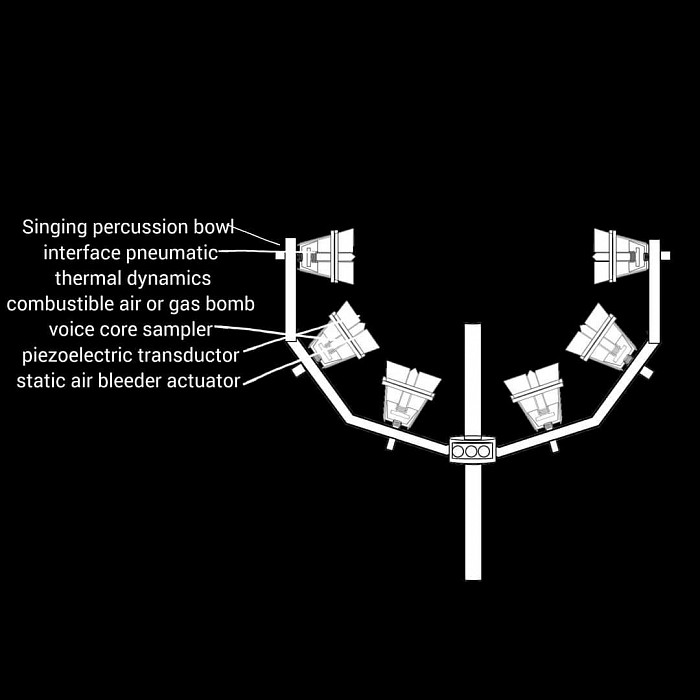
ATMOSPHERIC ELECTROLYSIS EMT EE EMI AGM LIQUID ARGON ENERGY CELL DRIVE COMBUSTIBLE BLEEDER RADIATION CHAMBER DIODE DIAMAGNETISM SINGLE PHASE ONE WAY INDUCTION RECTIFIER VOLTAGE LINEAR SOLENOID FERROMAGNETIZED VOLTAGE CAPACITOR INDUCTOR ROTOR ELECTRODE ARMATURE PARAMAGNETISM VORTEX PLASMA PRESSURES FLAME
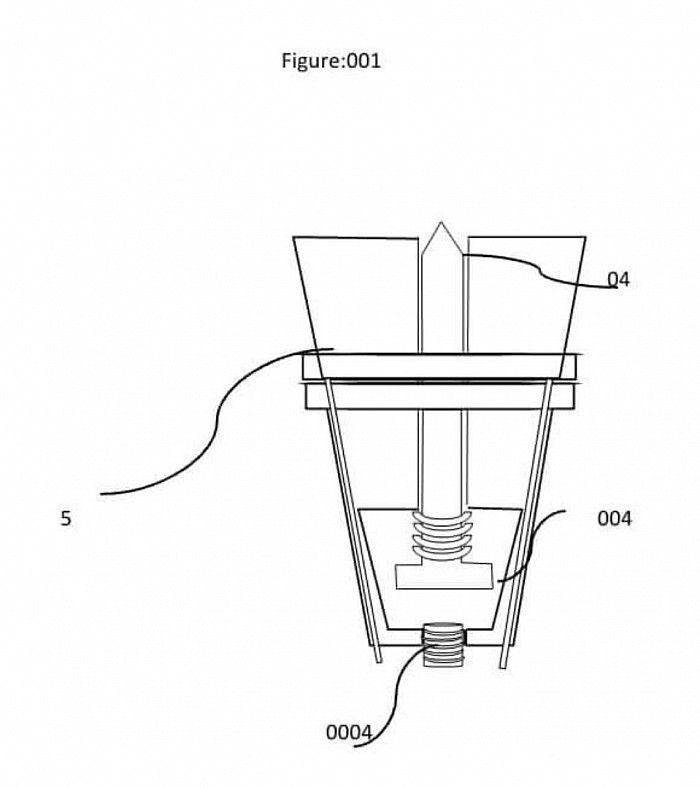
PIEZOELECTRIC ULTRASONIC PNEUMATIC OSCILLATING PISTION LINEAR COMPRESS AIR WITHIN HOLLOW CLOSED CYLINDRICAL CHAMBER COMBUSTABLE VOICE CORE CHAMBERS GAS BOMB SAMPLER TRANSDUCER NOZZLE SOLENOID PUSH PULL ARMATURE SUTTER BLEEDER NOZZLE SUBJECT NOT LIMITING TO ADDITIONAL SYSTEM OR STRUCTURE POTENTIOMETRIC RANGE DESIGN INVENTOR JERMAINE MORTON
